
3 minute read
Performance and Exhibition
architecture for sale
oct 16. Performance and Exhibition
Advertisement
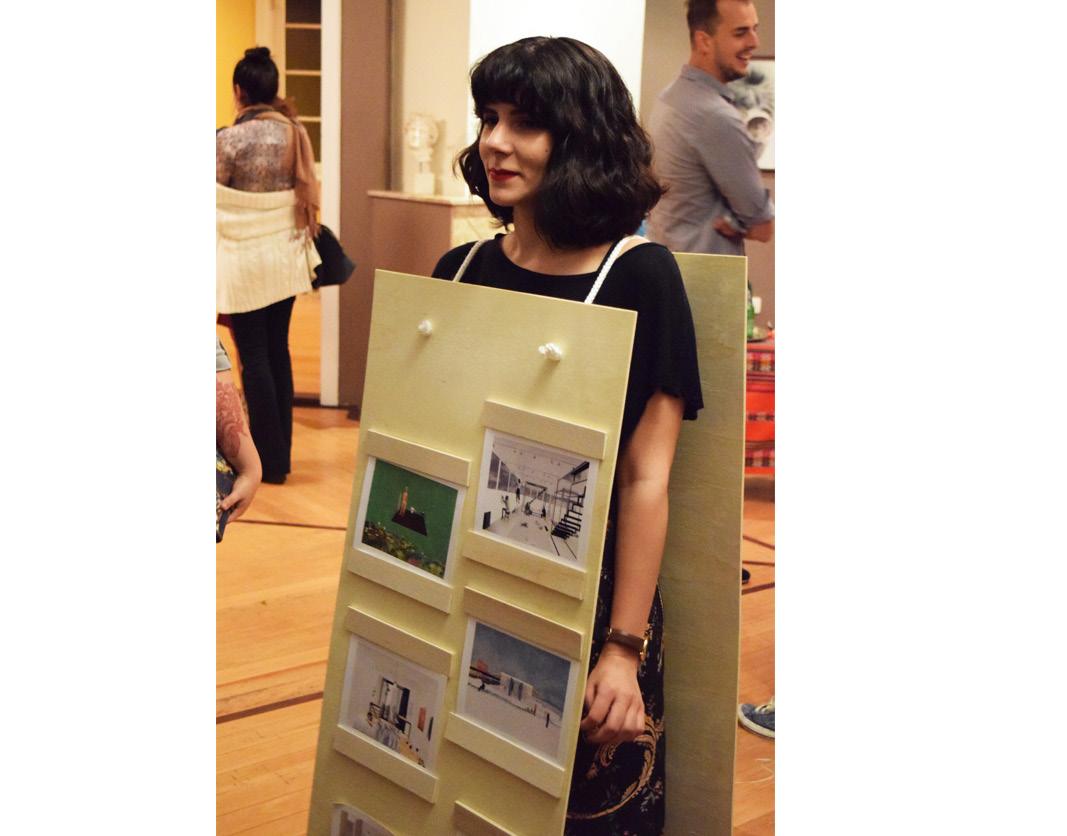
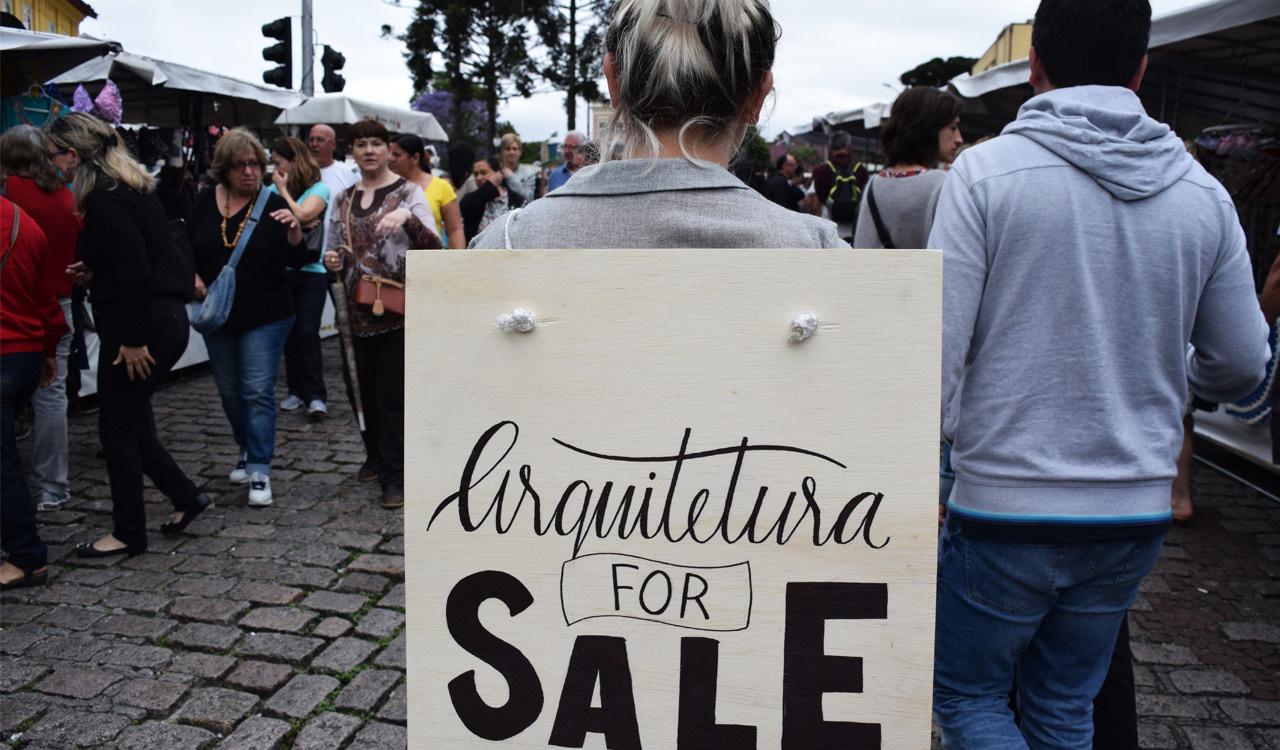
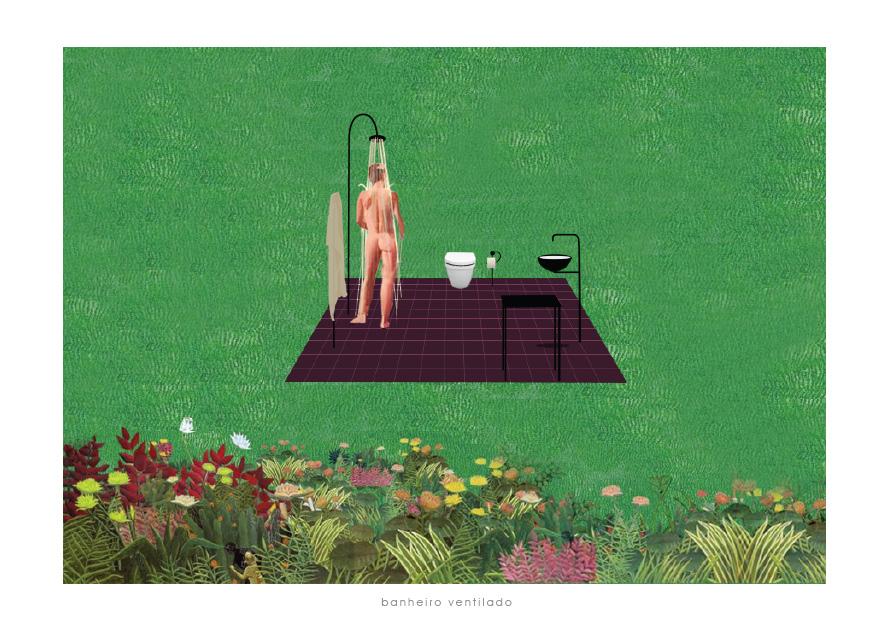
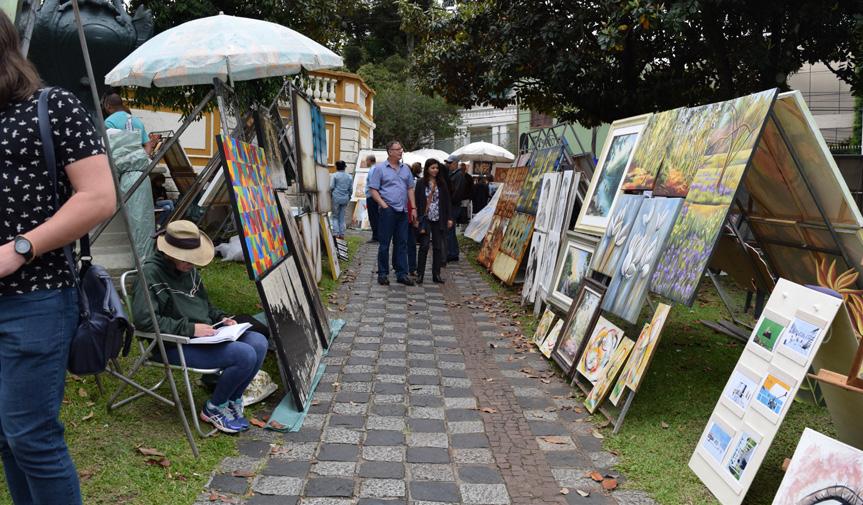
2016. architecture for sale at SOMA Galeria vernissage. personal archive photo. In 2016, Cora Atelier did a residency at SOMA Gallery, where we established ourselves as an architectural and non-architecture practice office. As a way of placing ourselves in the field of visual arts, we asked ourselves about the salable product of architecture and produced a series of drawings/collages of functional spaces (or not) and commercialized these images in different contexts, print fair, vernissage, and craft fair.
We think that above technical specifications, material dimensions, Architecture, and its sale is a visual experience, an image, or a set of images that define the general aspect of the work to be built, of the product to be sold. The objective of this project was to deal ironically with the issue of the production of architecture and consumption of images, the sale of an ideal, often treated in a generic and/or surreal way. We also understand that the production of architecture, in addition to being an onerous job, is often undervalued. The symbolic value per figure/image works ironically with the subversion of values paid for the development of these projects, as it questions the accessibility of services provided to the majority of the population.
images in architecture for sale.
2016. architecture for sale at a craft fair in Largo da Ordem in Curitiba. personal archive photo.
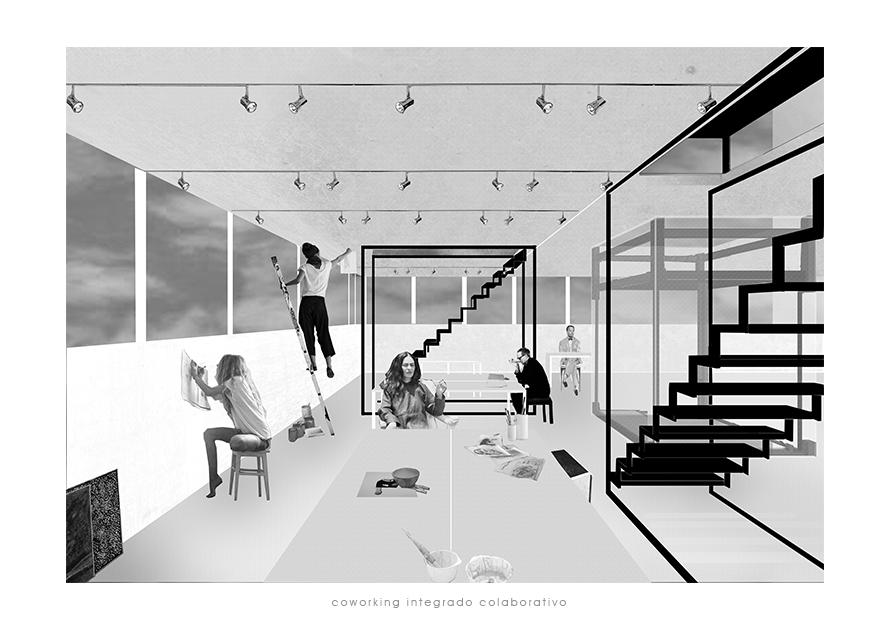
vacant
sep 16. Research and Site specific
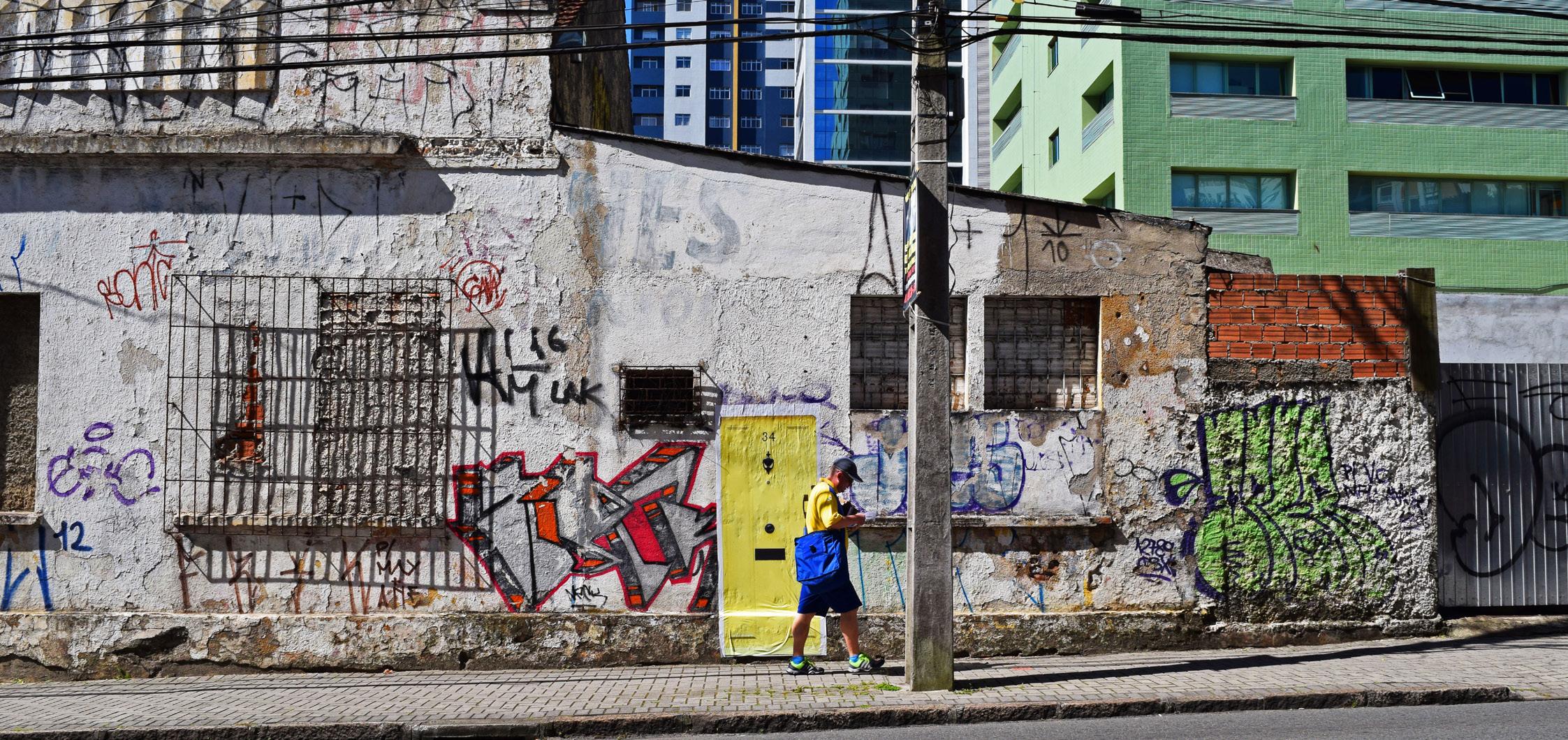
2016. site specific on urban void in Curitiba and mapping the voids in the environment of Cora Aletier. personal archive photos. waits for the arrival of the wanderer so that it acquires a different meaning. What is vacant, the terrain vague.
In this context, we propose to discuss the role of the architect’s hand as an articulator of encounters between the waiting space/being and wandering beings. So, we propose to investigate, cut, and denounce these gaps in Curitiba. We mapped the central region of the city in search of these vacant spaces and proposed, as a cut-out/ opening gesture, the collage of door lamps in full scale. The door separates the terrain from its context, reveals its limits and its very existence, creates an opening of reception, a mystery, the desire for encounter, it creates waiting.
The project began unpretentious as a mapping of urban voids in the central area of Curitiba and developed as a set of door-licking interventions for these voids on a full scale.
The absence of human presence in the built or the absence of the built is discussed in this urban action/investigation in order to discover the catalytic potential of these places in the urban context. Solà-Morales uses the expression “terrain vague”, in which terrain, in the French term, indicates an urban space that can be either an extension of ground with precise limits, or larger and less precise extensions, connected to the physical idea of a portion of land waiting and potentially usable, and the term vague, epistemologically departs from two Latin origins - vacuum, space not occupied or available, and vagus, imprecise or indeterminate, - and another Germanic one - vagr-wogue, with the sense of instability, movement, oscillation, and fluctuation.
The intervention proposes to understand these spaces as waiting figures, waiting for wandering beings, as in Barthes’s “Fragments of a loving discourse”. Wandering, according to Barthes, “is the human capacity to make mistakes, to wander in search of the beloved body”, the wanderer brings the possibility of change, he brings another language, he reveals the waiting figure as an open being. “If the errant exists, it is because something is waiting. (...) it is also because something was left behind, it was separated, abandoned, fragmented. ” The waiting figure is the receptacle, the host body, it is the being that




